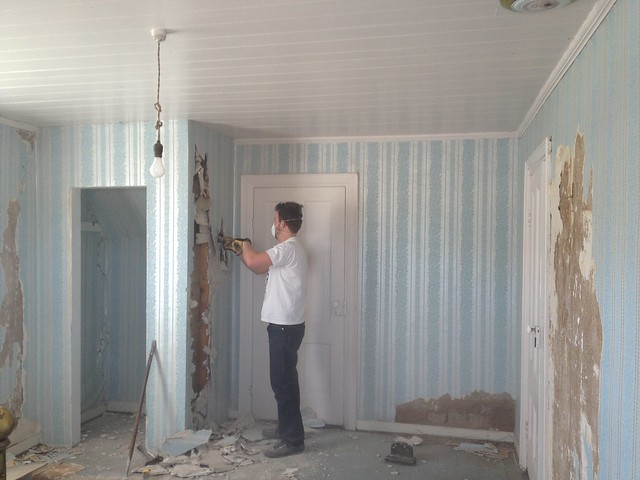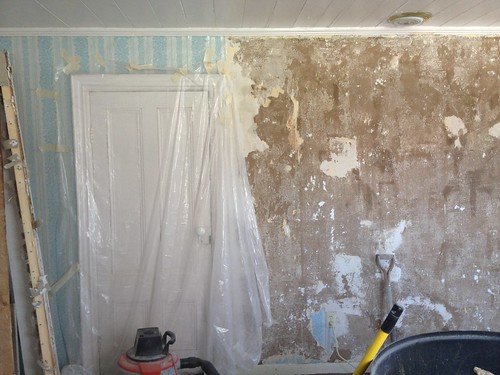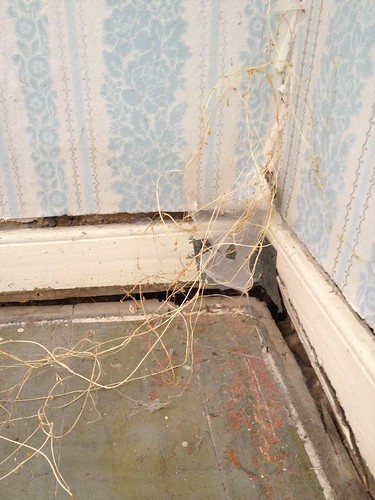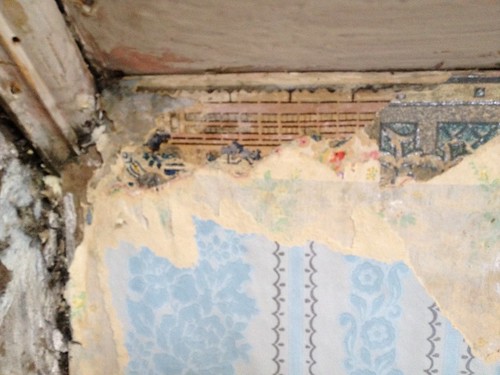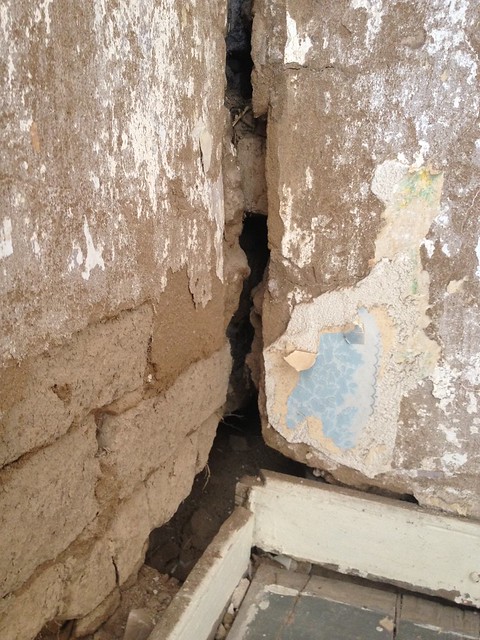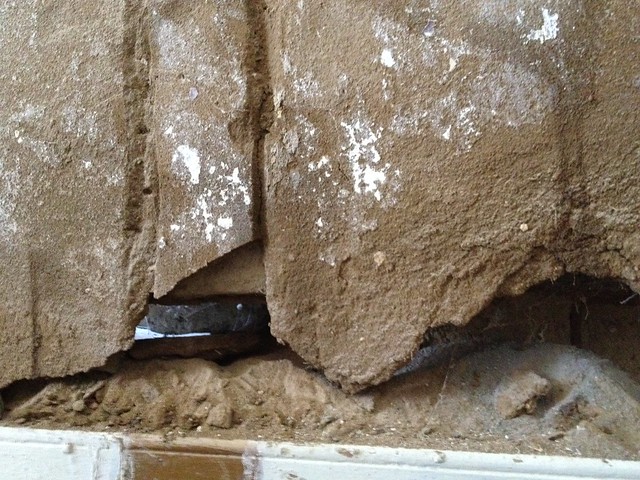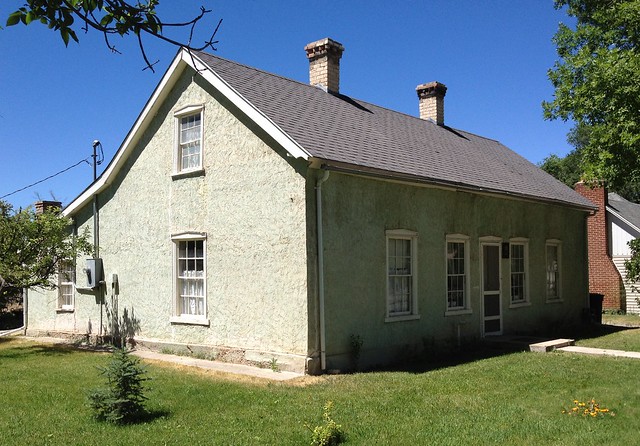
The exterior cement stucco was put on in the 1930's or 1940's. The pastel green we all associate with the house is typical of the Art Deco/post-war era.

This cement stucco coating has really stood the test of time, but the hard impervious nature of the coating has become more of a liability to the softer adobe system. The east wall of the house (the exterior side of the deteriorated wall in the blue bedroom) is the most exposed side of the house, getting the brunt of the harsh weather. There is a "belly" or visible bulge through the middle of the one and a half-story wall, and when you knock on the stucco much of the wall sounds hollow. Yikes!

Wherever there is a crack in the exterior stucco coating moisture is wicked by and absorbed into the thirsty clay adobe causing it to swell. Since the cement is so hard and impervious to water there is no way for the adobes to dry out and they start to deteriorate, becoming soft and crumbly.
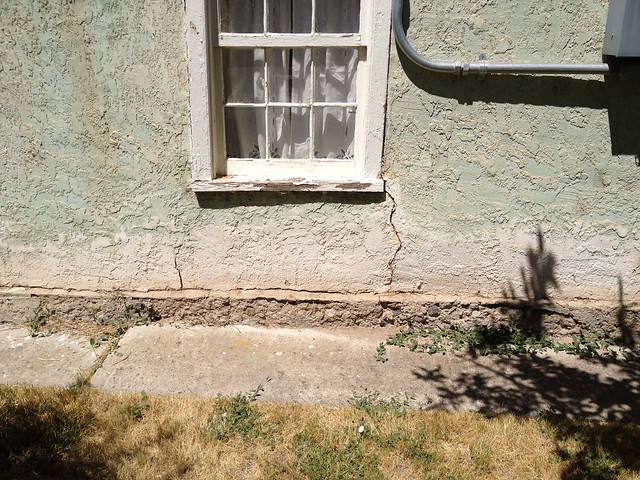
Particularly damaging are the severe freeze and thaw cycles typical of Sanpete weather. Also, good drainage and landscaping are of vital importance to preserving structural stability.

An example of a bulging area on the back of the house.

The west side is more protected by Glen and Bertha's house. Lets hope it's in better shape.
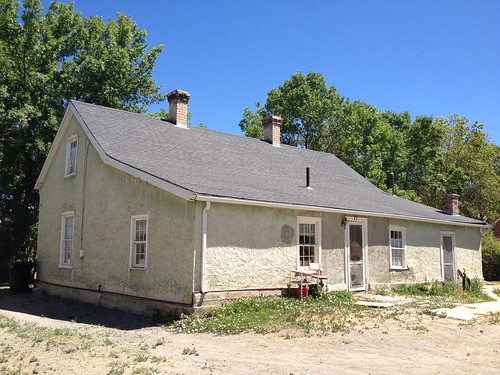
The back of the house today.

Remember this back porch addition? I think the washing machine was out there. Wanda had the add-on removed so she could nominate the structure for
historical status.
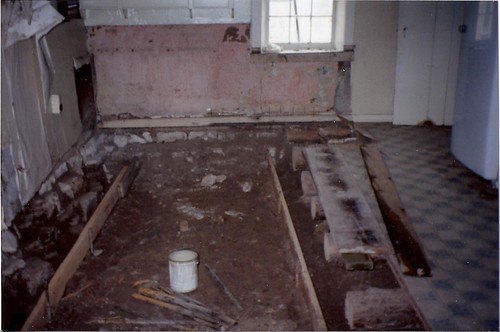
Old photos from when Wanda last had some stabilization work done
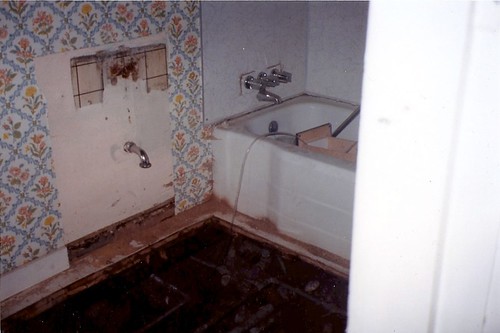
I think they were doing the main sewer line here.

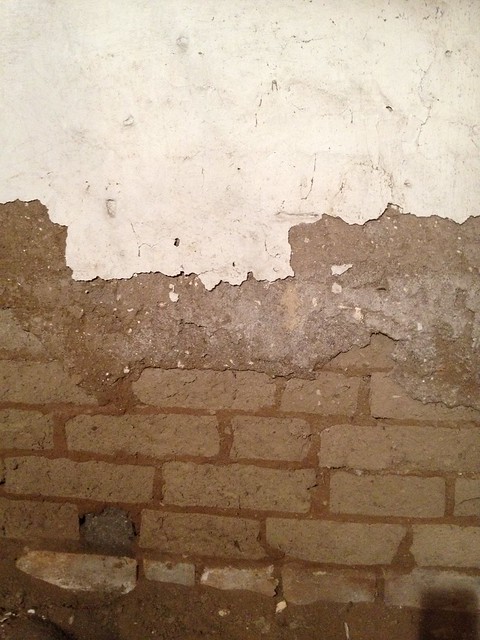
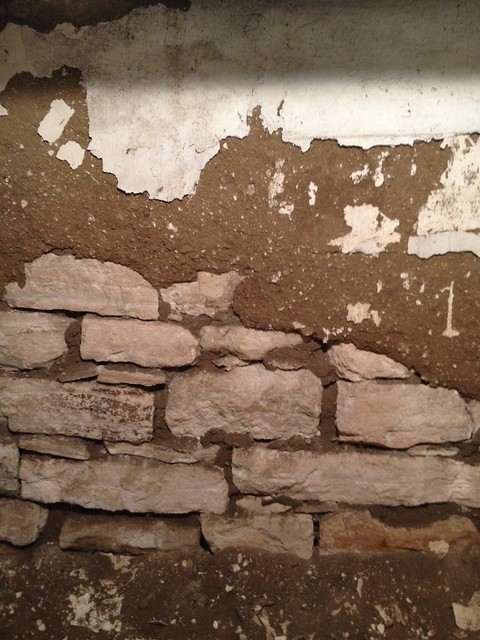









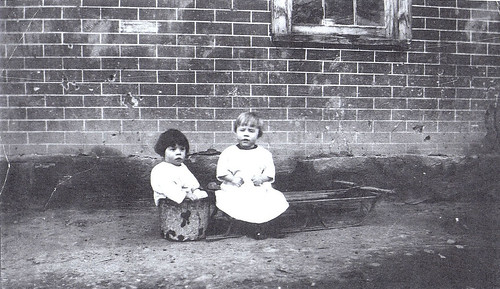

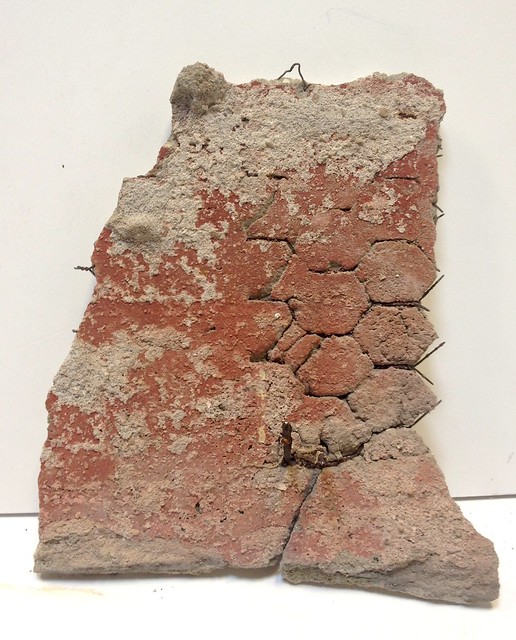
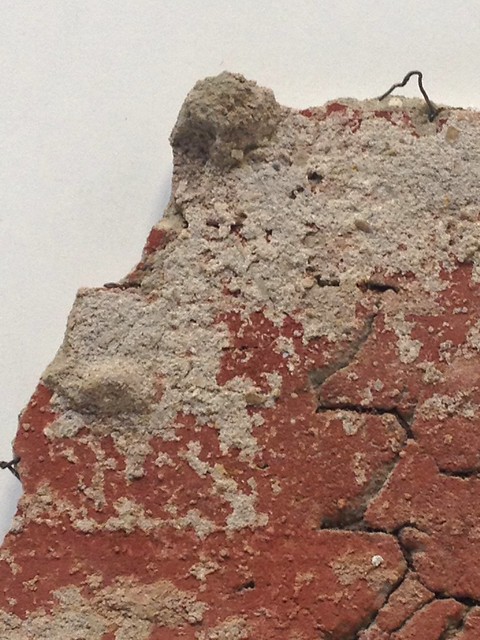
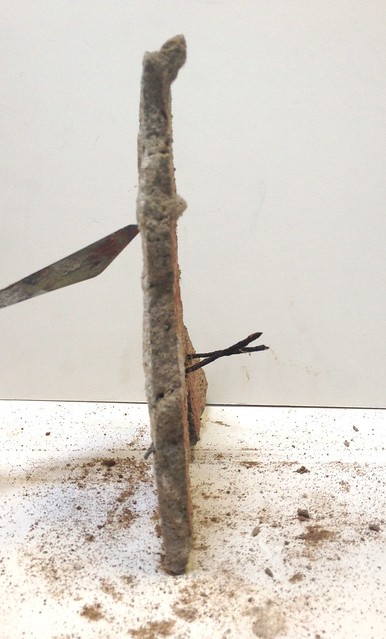

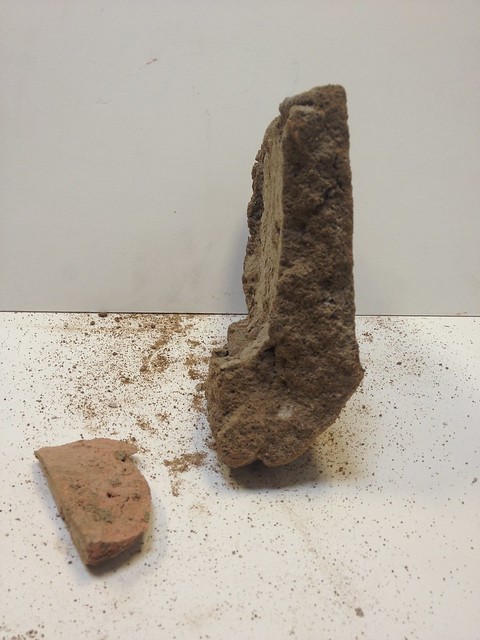

 This cement stucco coating has really stood the test of time, but the hard impervious nature of the coating has become more of a liability to the softer adobe system. The east wall of the house (the exterior side of the deteriorated wall in the blue bedroom) is the most exposed side of the house, getting the brunt of the harsh weather. There is a "belly" or visible bulge through the middle of the one and a half-story wall, and when you knock on the stucco much of the wall sounds hollow. Yikes!
This cement stucco coating has really stood the test of time, but the hard impervious nature of the coating has become more of a liability to the softer adobe system. The east wall of the house (the exterior side of the deteriorated wall in the blue bedroom) is the most exposed side of the house, getting the brunt of the harsh weather. There is a "belly" or visible bulge through the middle of the one and a half-story wall, and when you knock on the stucco much of the wall sounds hollow. Yikes!

 Particularly damaging are the severe freeze and thaw cycles typical of Sanpete weather. Also, good drainage and landscaping are of vital importance to preserving structural stability.
Particularly damaging are the severe freeze and thaw cycles typical of Sanpete weather. Also, good drainage and landscaping are of vital importance to preserving structural stability.
 The west side is more protected by Glen and Bertha's house. Lets hope it's in better shape.
The west side is more protected by Glen and Bertha's house. Lets hope it's in better shape.






